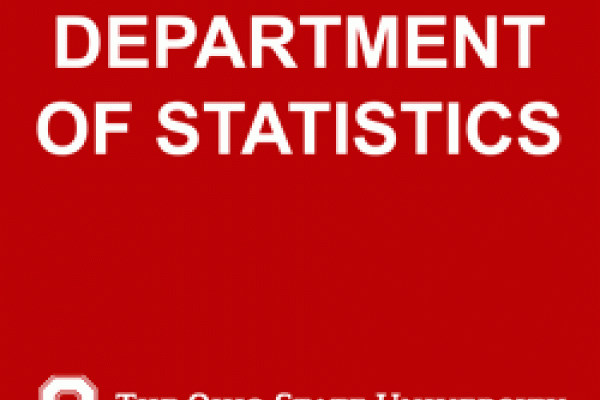
Title
Fungible Parameter Estimates: Troublesome Implications for Regression, Structural Equation Modeling, Mediation Analysis and More
Speaker
Robert MacCallum, University of North Carolina
Abstract
In fitting statistical models to empirical data investigators obtain parameter estimates that optimize some measure of fit between model and data. Assuming all model parameters are identified, any change in those parameter estimates results in some deterioration of model fit. The focus in this talk involves the specification of some level of model fit that is just slightly sub-optimal and then finding parameter estimates that would produce exactly that level of model fit. Except in trivial cases there will be an infinite number of solutions for such parameter estimates, with each such solution yielding the identical slightly sub-optimal model fit. These alternative solutions are fungible, or exchangeable, in this sense, all yielding model fit that is in practical terms essentially as good as the optimal solution. Of particular interest is how different these fungible estimates are from the optimal estimates and from each other. We first review the work of Waller (2008) on fungible weights in linear regression. We then extend this concept to the framework of structural equation modeling. We define fungible parameter estimates in the context of SEM and describe a computational method. We then present three illustrations, one simulated and two empirical. All demonstrations show results where some different sets of fungible parameter estimates are very different from each other and from maximum likelihood estimates, while fitting the data virtually as well in practical terms. The last example focuses on fungible mediation effects and shows dramatically different fungible direct and indirect effects in a latent variable mediation model, with these different solutions representing radically different substantive interpretations. We discuss implications of these results for theory and practice and we consider the potential relevance of this phenomenon across a range of statistical models.
